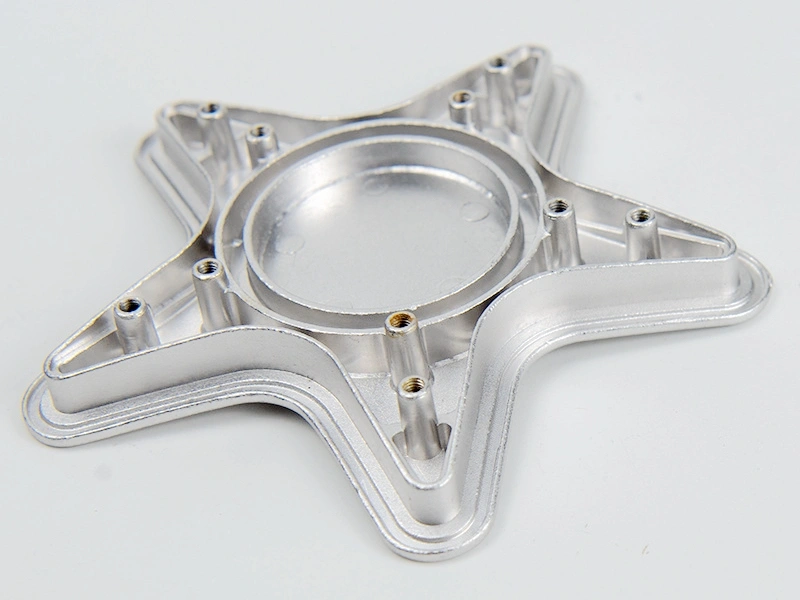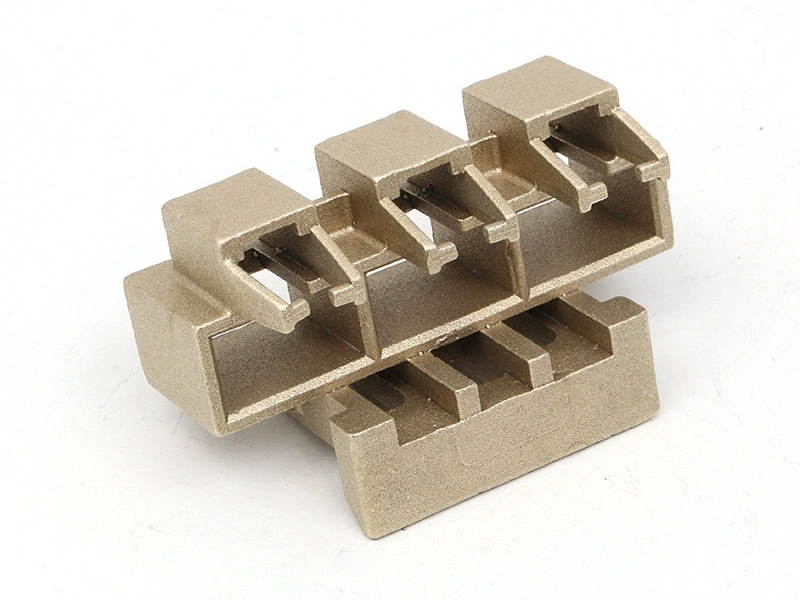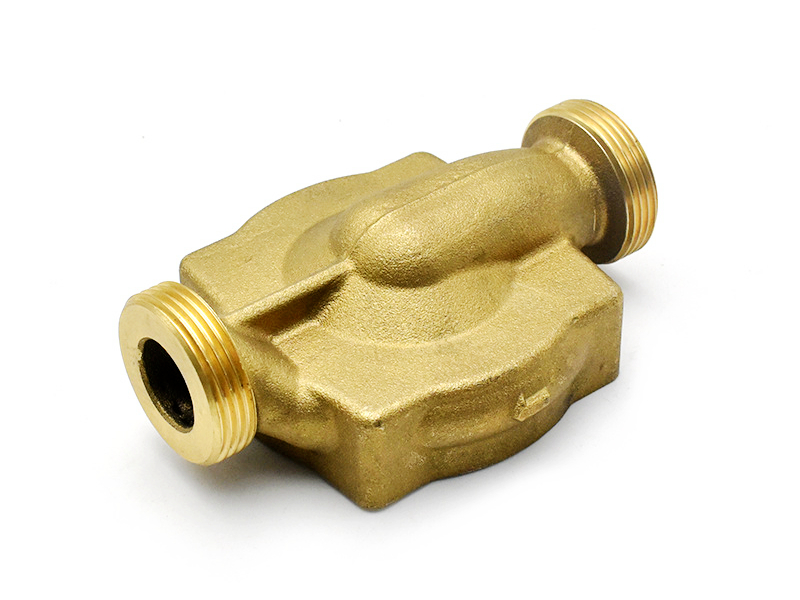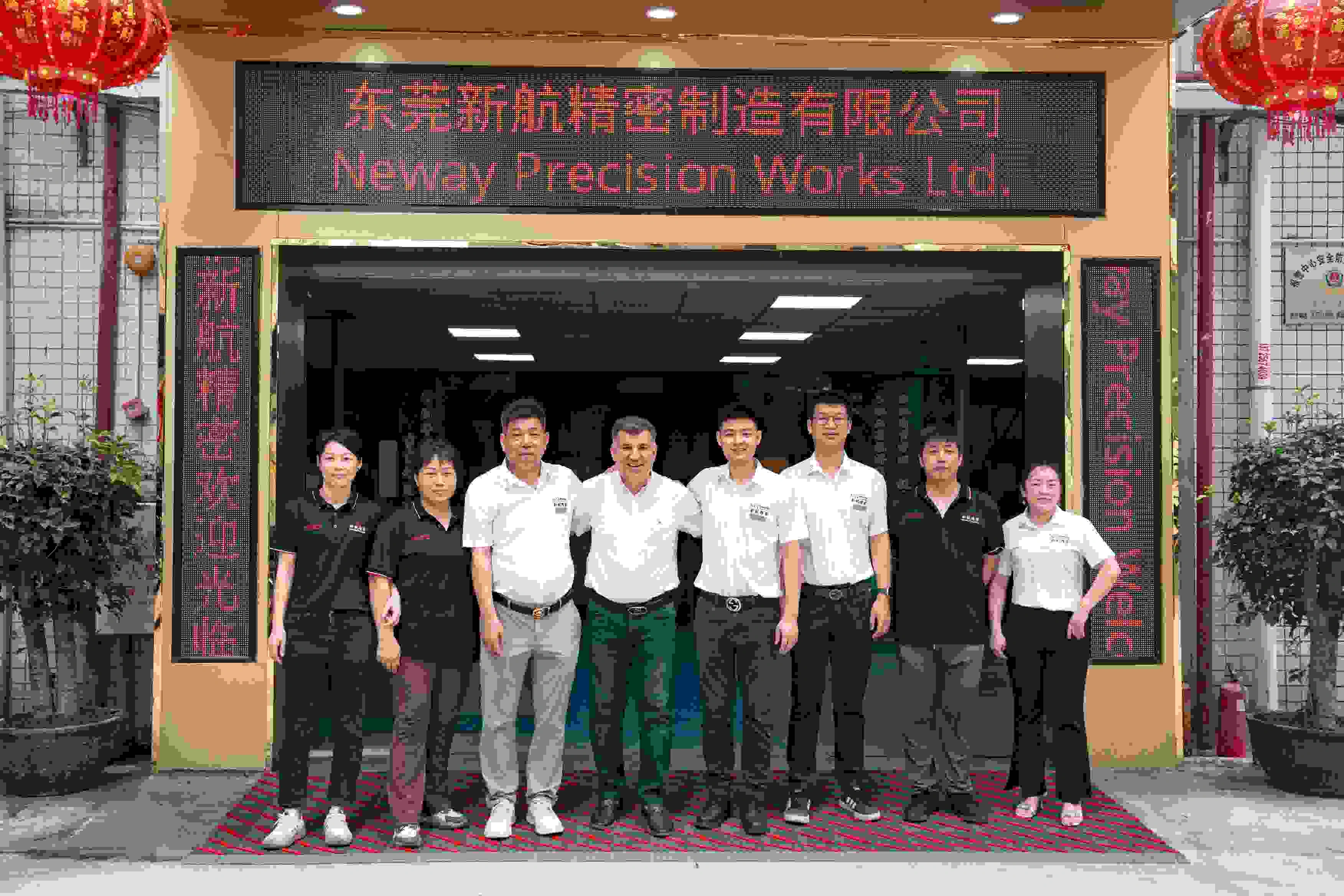How does brass compare to steel or aluminum for small mechanical transmissions?
How Does Brass Compare to Steel or Aluminum for Small Mechanical Transmissions?
Overview of Material Selection in Small Transmission Systems
In small mechanical transmissions—such as gearboxes, actuators, and motor-driven assemblies—the choice of material directly affects performance, durability, and manufacturability. Brass, steel, and aluminum each have distinct advantages, but for precision-machined or die-cast gears and components, brass alloys like C85800 and C87850 offer a unique balance of machinability, wear resistance, and dimensional stability that often outperforms aluminum and rivals certain steels in compact systems.
Mechanical and Functional Comparison
Property | Brass (C85800/C87850) | Aluminum (A380) | Steel (1018/4140) |
|---|---|---|---|
Machinability | Excellent (up to 100%) | Moderate (45–60%) | Low to Moderate (25–40%) |
Wear Resistance | High | Low | Very High |
Strength (MPa) | ~400–480 | ~310–350 | ~450–900 |
Density (g/cm³) | ~8.4–8.7 | ~2.7 | ~7.8 |
Self-Lubricating Behavior | Yes | No | No |
Corrosion Resistance | High | Moderate | Low without plating/coating |
Advantages of Brass in Small Mechanical Transmissions
High Dimensional Stability: Brass maintains tolerances during casting and machining, making it ideal for high-precision gears, bushings, and worm wheels.
Self-Lubricating Properties: Reduces wear and noise in high-cycle operations without requiring heavy lubrication—especially valuable in enclosed or miniature systems.
Corrosion Resistance: Brass performs exceptionally in humid or mildly corrosive environments, such as HVAC actuators, water-handling motors, and marine gearboxes.
Excellent Machinability: Alloys like C85800 Free-Cutting Brass enable rapid, low-wear machining for finely pitched gears and tight bore tolerances.
Limitations Compared to Steel and Aluminum
Strength-to-Weight Ratio: Steel offers higher tensile strength and is preferred for heavy-load or high-shock applications.
Weight: Brass is denser than aluminum and steel, which may limit use in weight-critical assemblies such as drones or portable robotics.
Cost: Brass alloys are typically more expensive than aluminum and may cost more than low-grade steels, but this is often offset by reduced machining time and longer component life.
Use Case Summary
Application Type | Preferred Material | Reason |
|---|---|---|
Miniature gear motors (HVAC, IoT) | Brass | High precision, self-lubrication, corrosion-resistant |
Lightweight actuation systems | Aluminum | Low weight, moderate precision |
High-load mechanical drive units | Steel | Superior tensile strength, wear resistance |
Standards and Specifications
Neway produces transmission-grade components using:
ASTM B584 – Brass die casting specification
AGMA 2000-A88 / ISO 1328 – Gear profile tolerances
ISO 2768-f – Dimensional control for post-machined features
Customer-Oriented Transmission Component Services
Neway Die Casting delivers high-performance transmission components in brass, aluminum, and zinc alloys:
Brass Die Casting Services: High-precision parts for gears, pinions, and worm wheels
Post-Machining Services: Gear finishing, bore control, and tight-tolerance profiles
Tool and Die Making: Custom molds for complex small-format transmission designs



